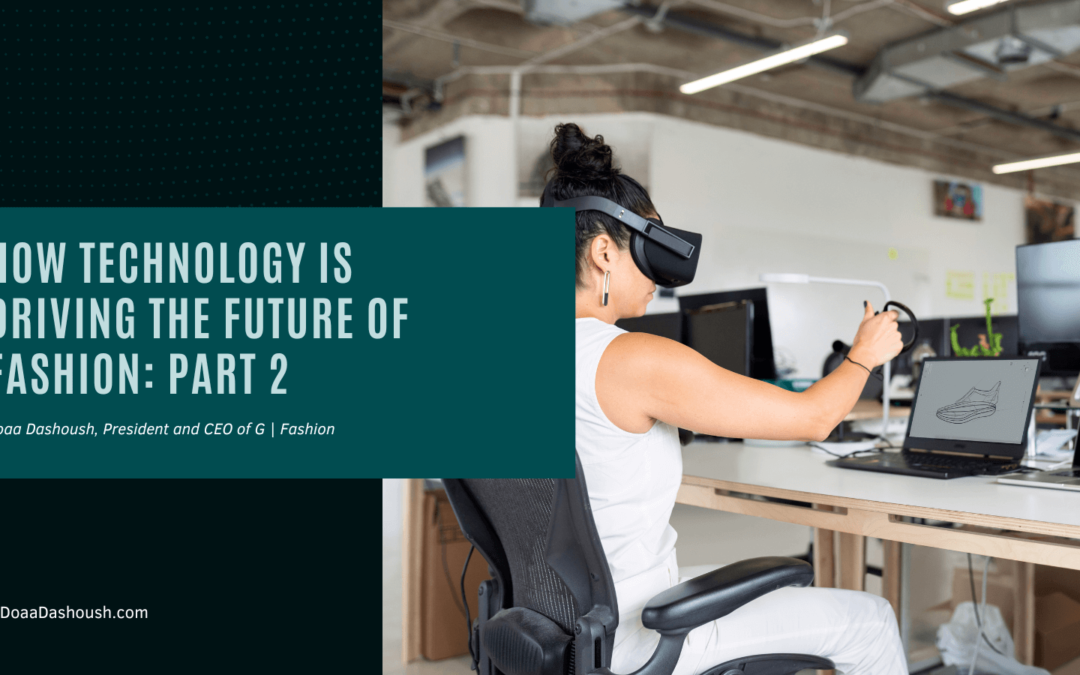This article will continue the discussion on how technology is driving the future of fashion.
Inventory and Distribution Developments
In addition to sensors and scanners, many retailers implement cloud-based software to monitor and maintain their inventory. One of the most common methods is radio frequency identification (RFID). Unlike barcodes, which can be hard to read and take a long time to enter manually, RFID tags can be read from a distance. This eliminates the need for manual entries and allows retailers to focus on their core business.
Following unsuccessful attempts by major retailers such as Wal-Mart and J.C. Penney to implement RFID at scale, many companies have started to use the technology. Since implementing the technology in 2009, Macy’s has been able to get 100% of its merchandise in its stores equipped with RFID tags. Through its partnership with its suppliers, the company has improved its inventory management and reduced out-of-stock incidents.
The Prominence of Virtual Storefronts
Due to the increasing number of fashion goods not being sold in traditional stores, the mall’s concept is already dead. E-commerce continues to reign supreme, with the global market estimated to be worth over $8 trillion.
The rapid emergence and evolution of e-commerce have also affected the brick-and-mortar fashion industry. According to Coresight Research, earnings for mall-based retailers dropped 25% in the second quarter of last year. In 2020, over 12,000 establishments closed in the US.
The rise of tech has transformed what it means to shop for fashion. As a result, many smaller stores are also closing their doors. Despite the changes brought about by technology, physical retail remains relevant. As fashion brands continue to develop their lines and reach a wider audience, they no longer need to carry a considerable inventory in traditional stores. Instead, they can focus on their core business and develop effective distribution strategies.
In addition to being able to focus on their core business, fashion brands also need to have a strong connection with their customers. This is why they must have a variety of stores that can help build a solid and lasting relationship.
Virtual Reality Changing Experiences
In addition to being able to focus on their core business, fashion brands also need to have a strong connection with their customers. Through the use of virtual reality and augmented reality, they can create a variety of interactive experiences that can help build a deeper understanding of their customers.
Several startups are currently developing technology that enables brands to create a personalized virtual fitting experience for their customers. 3DLOOK, for instance, provides mobile body scanning technology that allows customers to visualize their body shapes and sizes. Perfitly, on the other hand, uses 3D visualization tools to create digital avatars for its customers.
Conclusion
The rapid emergence and evolution of technology have significantly impacted the fashion industry. It has changed how designers, retailers, stylists, and consumers think about the future of fashion.
Various innovations, such as virtual reality and blockchain, have allowed the fashion industry to evolve as quickly as it changes. These technologies allow for the rapid development of new distribution methods and production techniques.
The various aspects of the fashion industry are now automated or enhanced by tech, which can help improve the production process’s efficiency and increase the retail experience’s effectiveness. This will allow brands to deliver a more personalized experience. It is expected that the roles of designers and brands will become more automated.
